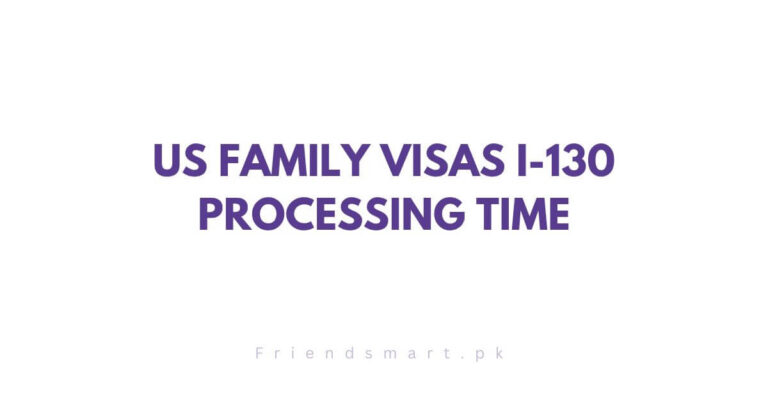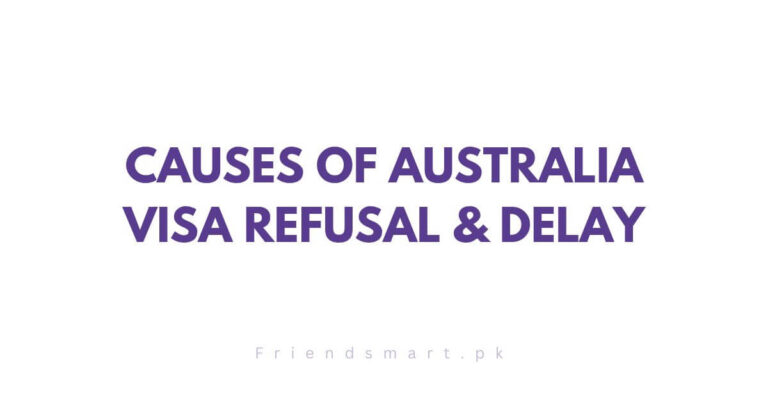Green Card in 6 Months – No More Wait
Individuals who are navigating the complex labyrinth of green card procedures and visa applications can now view the immigration landscape in the United States with renewed optimism as it undergoes massive change. The recent revisions to immigration laws offer a glimmer of hope to individuals already residing in the United States, especially those who are familiar with the protracted procedures involved in sibling applications.
This comprehensive inquiry endeavors to unravel the intricate facets of these alterations, shedding light on any potential ramifications regarding the expeditious processing of visa applications, the reduction of green card application processing times, and the resolution of the persistent issues stemming from immigration backlogs.
Check Also; Australia New Core Skills PR Pathway 2024 – Australia PR Visa
Accelerating Visa Application Processes Within the US
A pivotal judgment was rendered by the Presidential Advisory Subcommission on Immigration and Citizenship throughout the fiscal year. Visa stamping within the country and expedited approvals were universally agreed upon as a means to streamline the visa application process. This segment analyzes the rationales underlying this decision and offers conjecture on the potential ramifications of the transition from consular to domestic stamping on immigration.
Notwithstanding this significant progression, it is critical to bear in mind that problems persist regarding the duration of wait times for visa appointments to non-U.S. countries. Presently, the State Department website boasts extensive waiting periods for various nations. For example, India demands 844 days to schedule a visa appointment. This segment delves into the potential avenues for enhancement in addition to the consequences that may arise from extended waiting periods.
Green Card Processing Goals | Green Card in 6 Months
Encouraging a paradigm shift, proponents of a six-month approval period have suggested it as a remedy for the persistent backlogs in the green card application procedure. The Presidential Advisory Subcommittee on Immigration and Citizenship has put forth a proposition mandating the processing timeframe of six months for all Green Part applicants.
In accordance with this recommendation, the USCIS has set forth fresh goals, raising the standard for a more expeditious and efficient Green Card application process. This segment provides an in-depth analysis of the intricacies surrounding the green card application procedure, shedding light on the challenges that candidates face and the potential benefits of adhering to the six-month approval timeframe.
From application submission to final approval, the process of obtaining permanent residency in the United States is analyzed in order to comprehend the repercussions of these proposed modifications.
Addressing Challenges for H-1B Visa Holders
Individuals in possession of an H-1B visa are vital to the economy of the United States as they promote innovation and expansion. Despite this, they face unique challenges, particularly with regard to international travel and visa issuance. This segment explores the intricacies of the H-1B Visa application procedure, quantifying the number of individuals who have been stranded in their home countries, such as India, and unable to return to the United States as a result of visa appointment delays.
Managing the process of US visa stamping for H-1B employees and their dependent families is the proposed solution. The proposal suggests a reassessment of a previous policy that allowed domestic restamping in the United States; this would eliminate the need for individuals to return to their country of origin for this vital procedure. Considerable attention is devoted to the potential benefits and challenges of this proposal.
Recommendations for Family-Based Backlog Reduction
The accumulating accumulation of family-based Green Card applications has caused substantial delays in family reunions. This segment delves into the fundamental causes of these backlogs and provides comprehensive recommendations for their mitigation. The primary objective is to accelerate the processing time for all forms and documentation associated with Green Card applications by exerting pressure on USCIS to review and enhance its procedures, systems, and policies.
New internal cycle time targets, automated manual procedures, improved policies, and enhanced reporting systems are some of the strategies that have been proposed to decrease processing times. Additionally, it is critical to provide responses to requests for extensions of provisional status, travel documents, and work permits within a period of three months. This sector analyzes the potential impact of these concepts on the agency’s inventory of family-based Green Card applications and their contribution to expediting family reunification.
Strategies to Tackle Immigration Backlogs
The inventory of immigration cases in the United States as a whole has significantly risen, causing significant delays and affecting a variety of applications. This segment delves into recent endeavors aimed at mitigating and reducing the existing accumulation of immigration cases. Advising users to automate processes, expedite application forms, implement premium processing, and establish internal cycle time objectives in order to obtain approvals more rapidly is the primary focus.
It is strongly recommended to renew dockers, obtain work permits and travel documents, and have the card automatically renewed, all within the specified time periods. This segment explores the challenges encountered by immigrants residing in the United States, including the potential risk of unemployment due to prolonged approval processes, and evaluates the potential benefits of adopting such a stance. The importance of prompt processing times is underscored, highlighting the imperative for USCIS to make adjustments and enhancements to its protocols.
Final Thoughts
The most recent modifications to United States immigration legislation symbolize a pivotal moment in the nation’s ongoing development concerning immigration. The potential impact of these reforms on the lives of millions of individuals seeking permanent residency in the United States is substantial, as they could guarantee green card approvals within six months and facilitate expedited visa processes within the country.
In spite of persistent issues, the proposed solutions to immigration backlogs and family-based backlogs represent a progressive and all-encompassing strategy for enhancing the immigration system in its entirety. The suggested enhancements present a prospect to streamline processes, reduce waiting periods, and foster a more comprehensive and efficient immigration system in the future, as the United States strives to achieve a harmonious coexistence of security protocols and an inviting ambiance for immigrants.
Frequently Asked Questions:
-
What is the 6-month rule for US green cards?
An absence of more than 6 months (more than 180 days) but less than 1 year (less than 365 days) during the period for which continuous residence is required (also called “the statutory period”) is presumed to break the continuity of such residence.
-
What is the shortest time to get a green card?
What is the fastest way you can get a green card? The Diversity Immigrant Visa Program offers one of the quickest routes to obtaining a green card. But it’s based on luck. Family-based visas for immediate relatives also offer faster paths, typically within 1-2 years.
-
Can green card holders return to the US after 6 months?
A re-entry permit allows you to travel and does not compromise your permanent resident status. Reasons: If you leave the US for longer than 6 months when you return to the US, you are eligible to be questioned by immigration officials. Immigration officials are looking to see if you have abandoned your status.







